America's most deadly natural disasters waiting to wreak havoc
Ready to blow
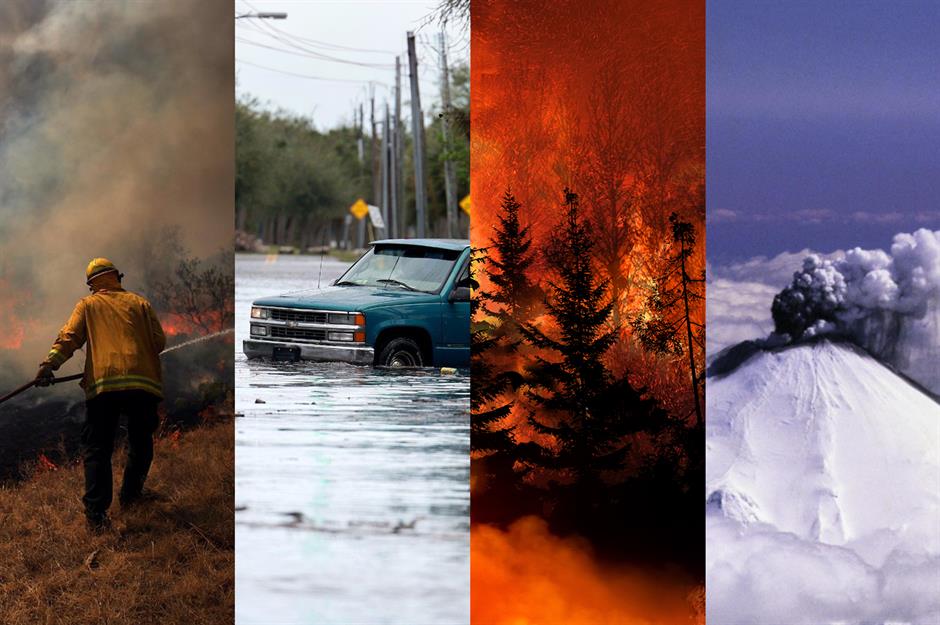
Natural disasters in America are on the rise. In 2023 alone, the country experienced 23 separate billion-dollar weather and climate disasters – the most ever recorded. Wildfires continue to burn millions of acres in California and record-breaking heatwaves are pushing temperatures to dangerous new highs. But what does that mean for the future of the United States?
Read on to discover the natural disasters that could be on the horizon for America. To view images in FULL SCREEN, click the icon in the top right...
Mega-earthquake

Located in a zone of overlapping fault lines, including the infamous San Andreas Fault, California faces a high risk of earthquakes, with fears that a massive quake – known as 'the Big One' – could strike at any time. The most devastating quake in the state’s history was the 1906 San Francisco earthquake, with a magnitude of 7.9.
It caused catastrophic damage, and the fires that followed left more than 3,000 people dead. More recently, the 1994 Northridge earthquake, with a magnitude of 6.7, caused widespread destruction in the Los Angeles area, resulting in 57 deaths and billions of dollars in damage.
Mega-earthquake
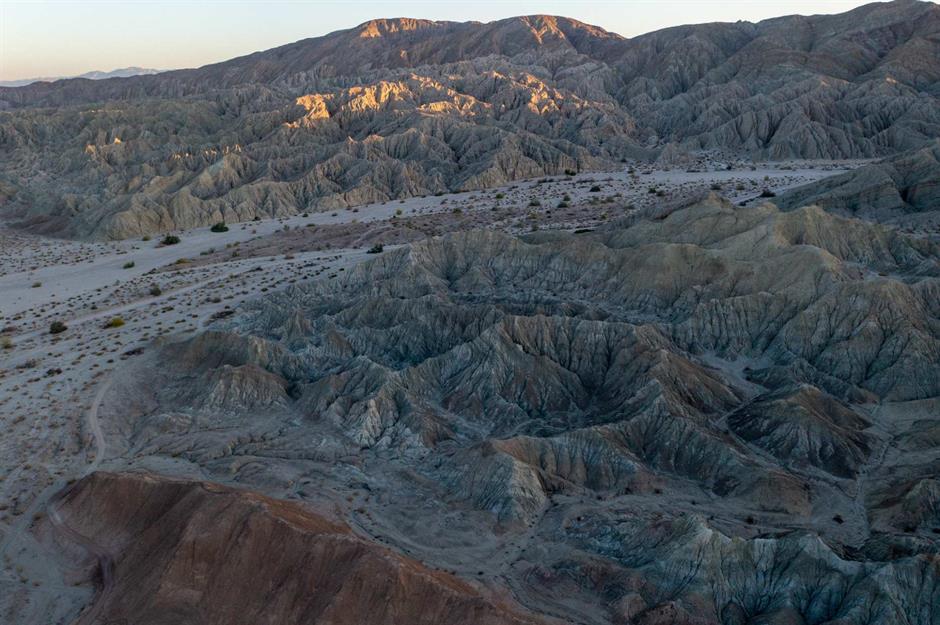
The San Andreas Fault’s rupture intervals vary, but some sections typically experience large earthquakes every 100 to 150 years. The southern portion, however, hasn’t had a major quake in over 300 years, leading many experts to believe the region is overdue for a significant event.
A 2008 study, known as the ShakeOut Scenario, predicted that a 7.8-magnitude earthquake along the southern San Andreas Fault would trigger severe shaking across a wide area, leading to collapsed infrastructure, widespread fires and prolonged power outages.
Follow us on Facebook for the latest travel news and extreme weather stories
Wildfires
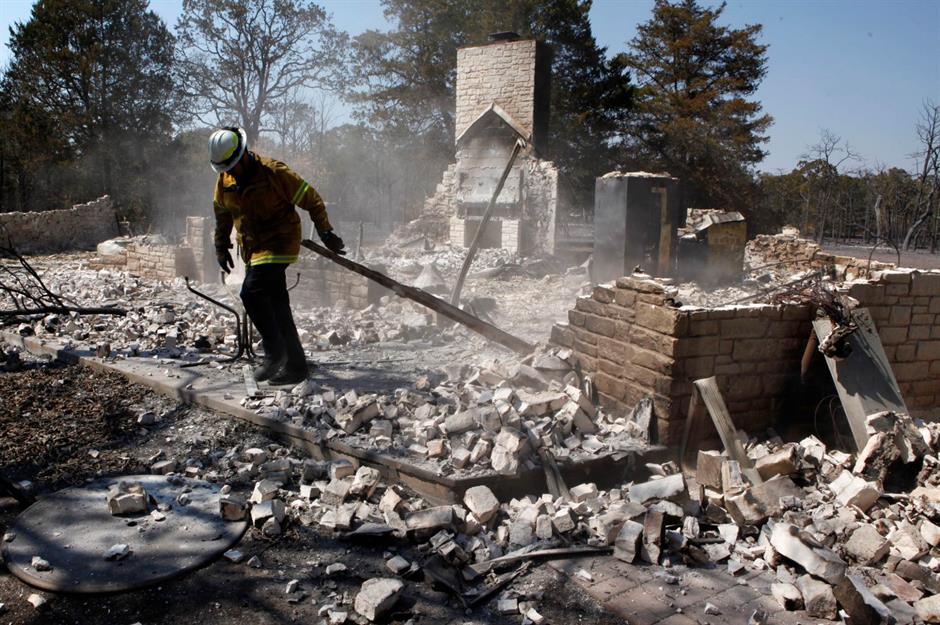
It’s no surprise that large parts of the US remain at high risk of devastating wildfires. In recent years, wildfires have scorched millions of acres across California, Oregon and much of the western US, driven by hotter temperatures, drought and changing weather patterns.
California saw 11.4 million burned acres between 2010 and 2020 alone – making it by far the worst-affected state. Other hard-hit states include Texas, Arizona and Florida, with wildfire seasons becoming longer and more intense each year.
Wildfires
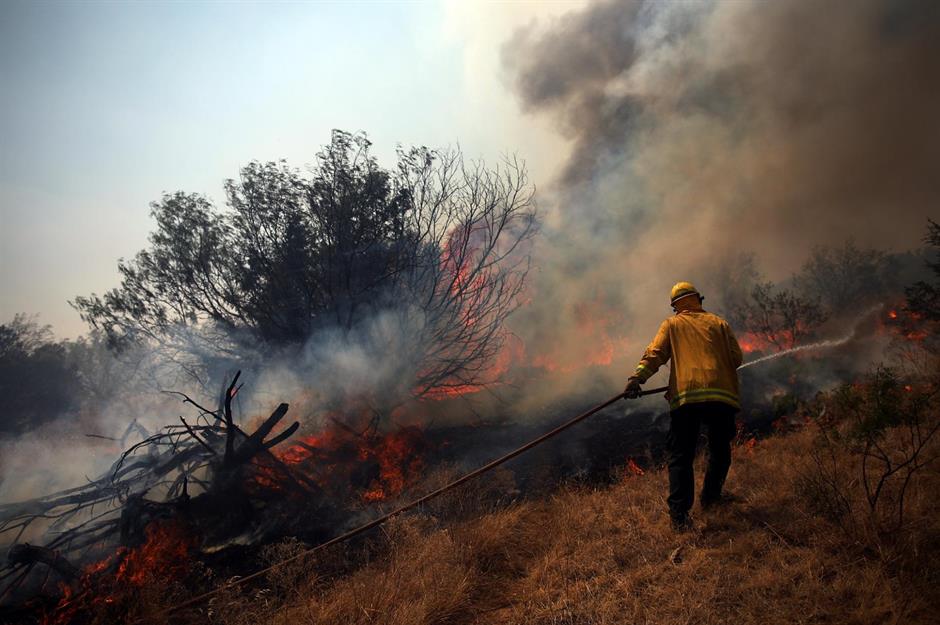
According to Realtor.com's 2024 Housing and Climate Risk Report, 5.5% of US homes – worth a staggering $3 trillion – face severe wildfire risk. California has nearly 40% of these properties, with Los Angeles topping the list. Other high-risk states include Colorado, Arizona and Texas, where hotter, drier conditions are making wildfires more frequent and intense.
Flooding
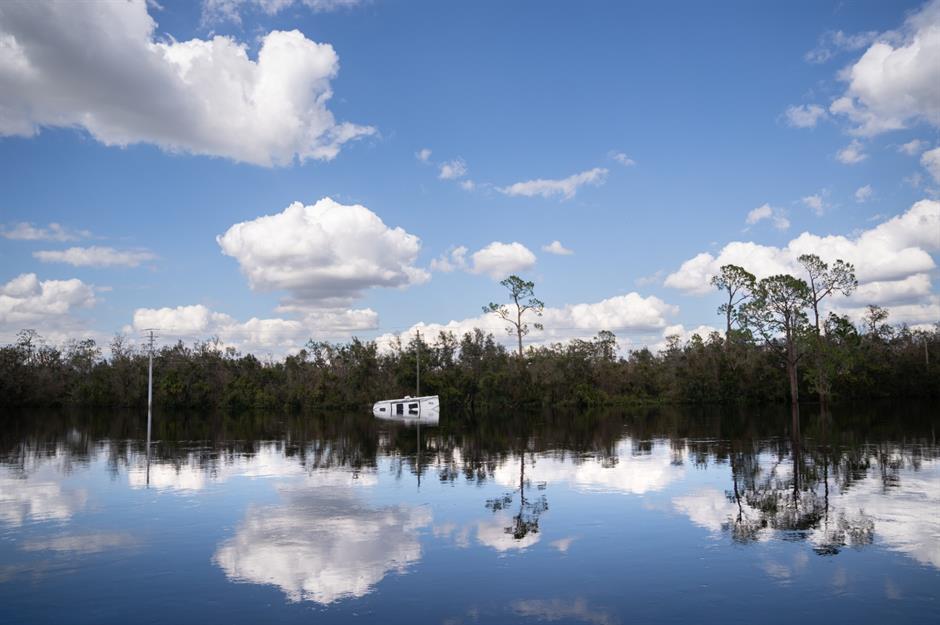
There are three main types of flooding in the US: coastal, river and flash. Flash floods are the most dangerous, occurring when heavy rainfall builds up faster than the ground can absorb it.
In 2024, floods in the US caused 181 fatalities, most of them in September. That same year, natural disasters – including floods, hurricanes and wildfires – displaced over 770,000 people, contributing to a sharp rise in homelessness across the country.
Flooding
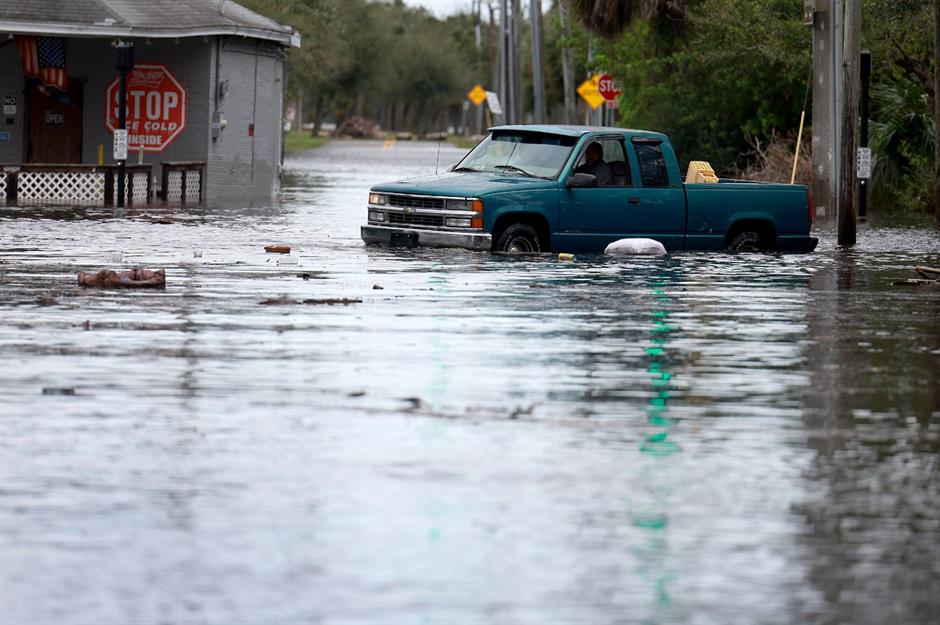
Worryingly, these events are predicted to become more frequent and extreme in the coming decades. A 2024 study published in Environmental Research: Climate found that human-induced climate change has doubled the likelihood of severe rainfall events, increasing the risk of flash floods in vulnerable regions. Pictured is a flash flood in Florida following 2022's Hurricane Nicole.
Sinkholes
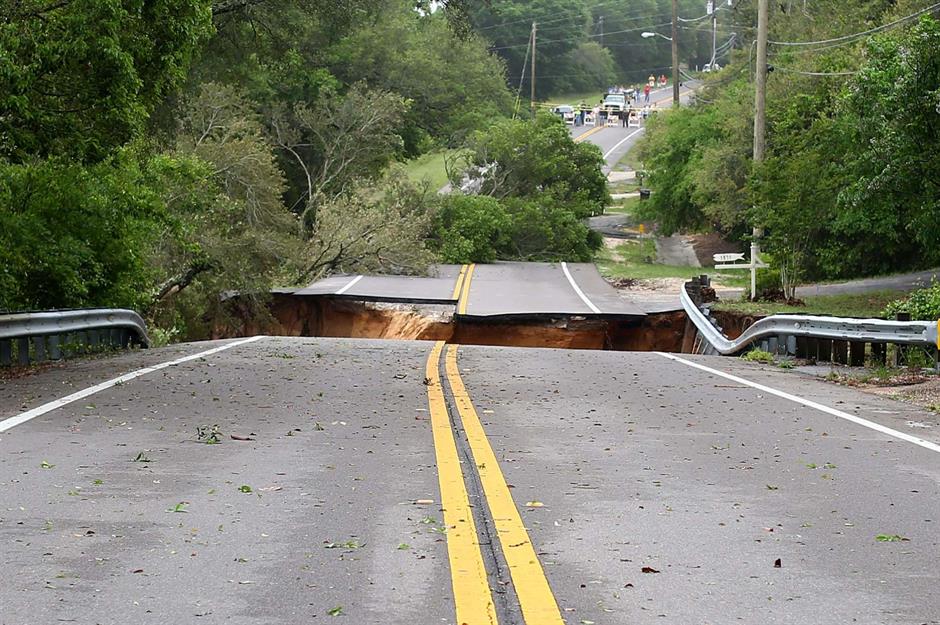
They might seem like the stuff of science fiction, but sinkholes are a real and ongoing threat in many parts of America, especially in Florida. In October 2024, Hurricane Milton’s heavy rainfall caused numerous large sinkholes across the state – particularly in Polk and Hillsborough counties.
In Polk County, a massive sinkhole swallowed part of a home and a truck, while in Hillsborough, several sinkholes damaged sidewalks, roads and infrastructure. Pictured here is a large sinkhole in Pensacola, Florida, after extreme weather in 2014.
Sinkholes
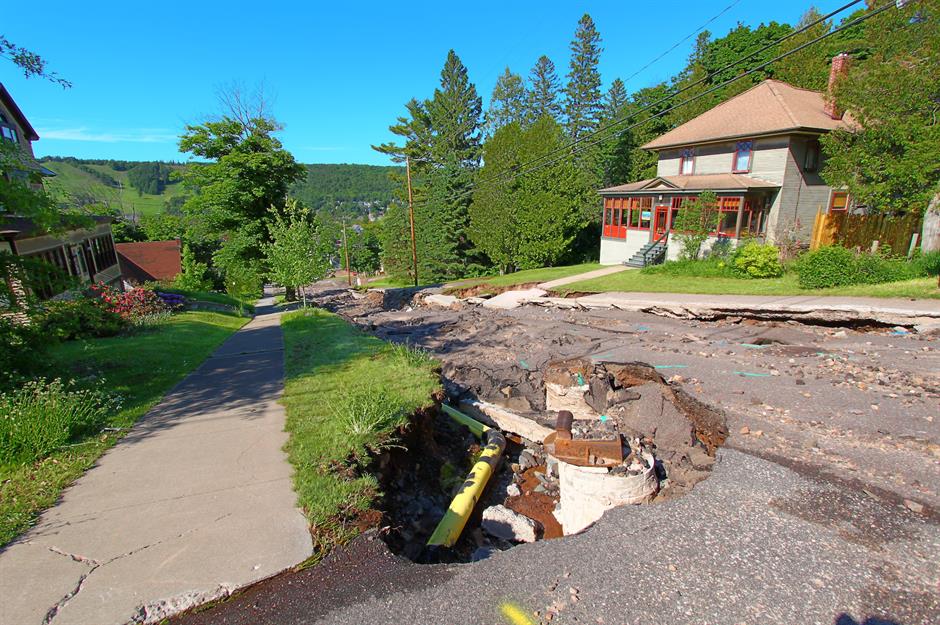
So, how do these strange events happen in the first place? According to the US Geological Survey (USGS), sinkholes form in areas where the underlying rock – such as limestone, carbonate rock or salt beds – can be naturally dissolved by groundwater. This makes about 20% of the country vulnerable to sinkholes.
Human activity, like excessive groundwater pumping, can accelerate their formation by destabilising the ground. The states most prone to sinkholes include Florida, Texas, Alabama, Missouri, Kentucky, Pennsylvania and Tennessee.
Tsunamis
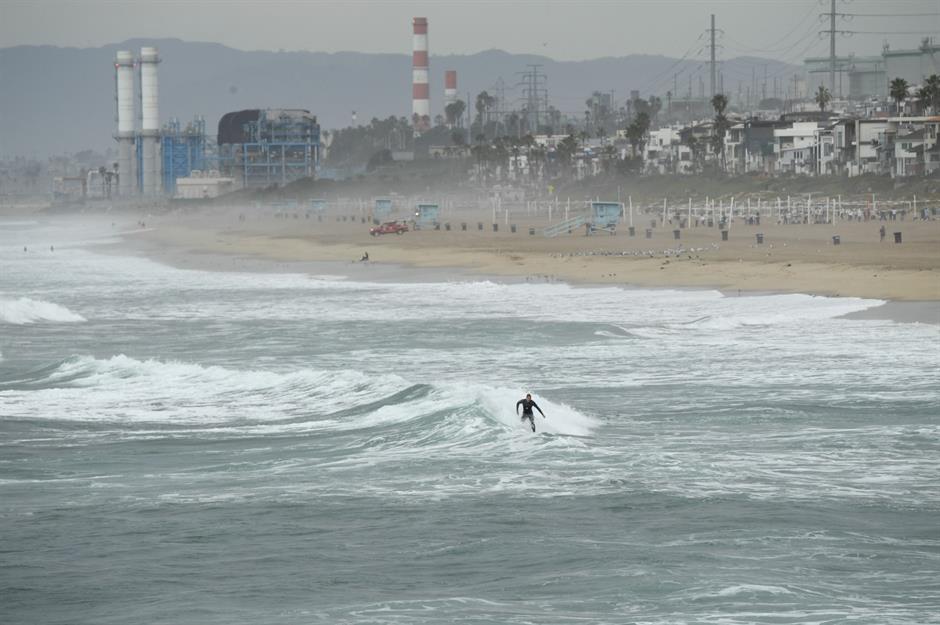
Though rare, large tsunamis have struck the US before – and experts warn they’re likely to happen again. One of the most devastating in recent history occurred in 1946, when an earthquake off the coast of the Aleutian Islands triggered a massive series of waves.
They tore across the Pacific, causing widespread destruction in Hawaii and killing 159 people. In 1964, a powerful earthquake in the Gulf of Alaska generated deadly tsunamis along the Pacific Northwest coast, claiming 131 lives and causing catastrophic damage to coastal communities.
Tsunamis
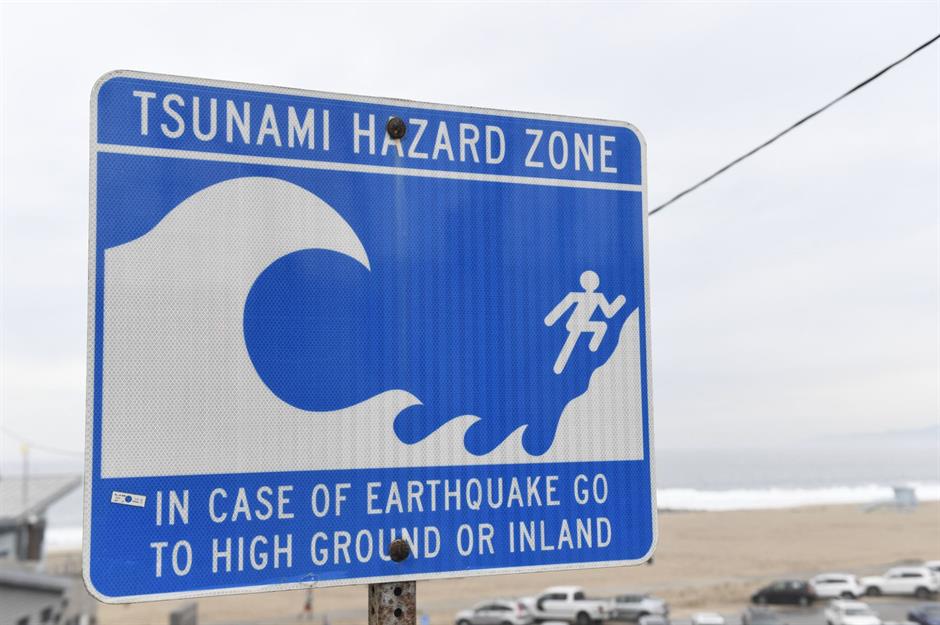
Subduction zones – tectonic boundaries where two plates converge – make certain areas especially vulnerable. In the Caribbean, Puerto Rico and the US Virgin Islands are at higher risk of tsunamis than other locations in the eastern US.
In January 2022, the eruption of the Hunga Tonga-Hunga Ha'apai volcano triggered a tsunami advisory for the entire US West Coast. Beaches and piers in areas like Laguna Beach, California, were temporarily closed as a precaution.
Heatwaves
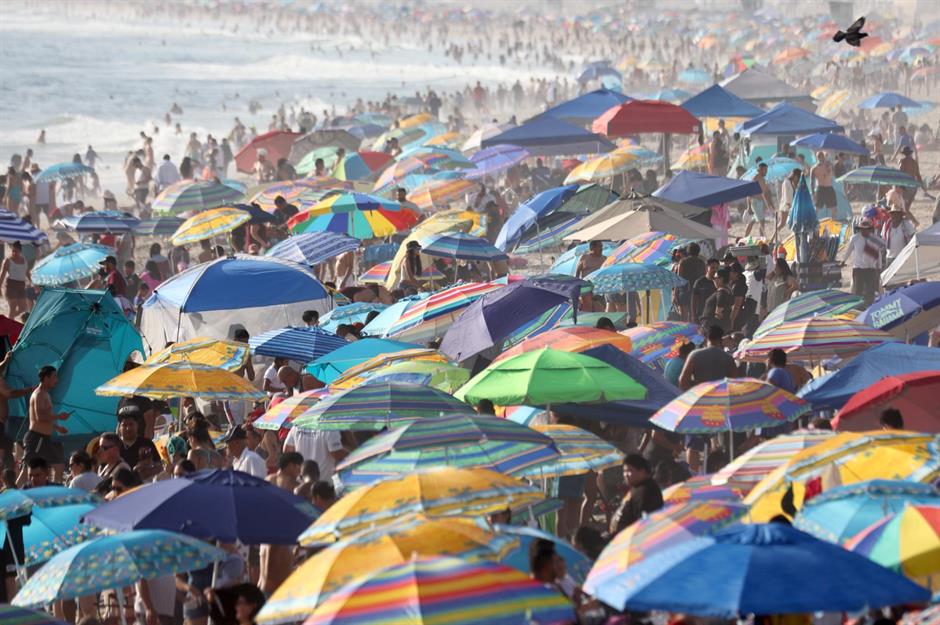
Heatwaves are becoming more frequent and intense in the US thanks to climate change. According to the National Weather Service, extreme heat has been the leading cause of weather-related fatalities over the past decade, surpassing other hazards such as hurricanes and floods.
In 2024, the southwestern US experienced record-breaking temperatures. Phoenix, Arizona recorded highs exceeding 100°F (38°C) for 113 consecutive days, resulting in 256 confirmed heat-related deaths and 393 additional suspected cases in Maricopa County.
Heatwaves
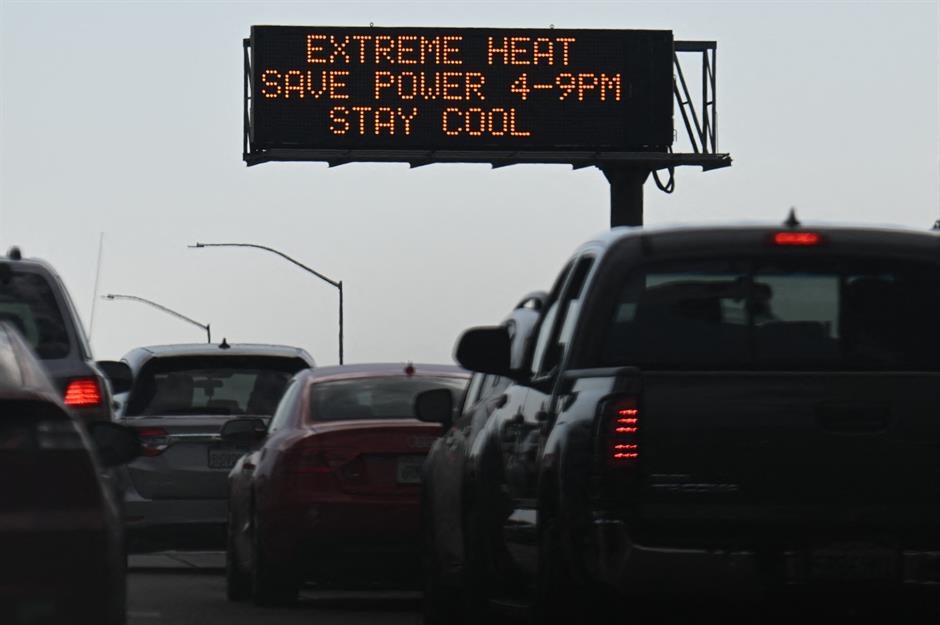
A 2024 study utilising artificial intelligence (AI) predicted that even with rapid decarbonisation efforts, global temperatures are likely to exceed the threshold set by the Paris Agreement within the next decade. This rise is expected to trigger more frequent and severe heatwaves across the US and the world.
Discover the out-of-season weather events which shocked the world
Supervolcano
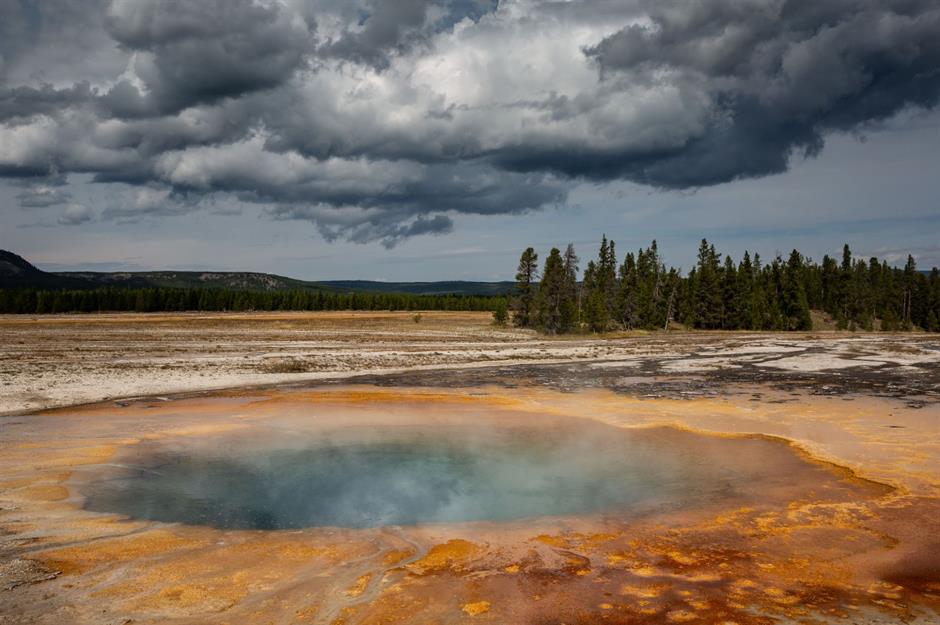
Lurking beneath the otherworldly beauty of Yellowstone National Park there’s a terrifying threat: an enormous supervolcano which could obliterate swathes of the country if it were to erupt.
Fortunately, the chances of that happening are slim. In the entirety of its history, the giant underground caldera has only had three major eruptions. One was 2.1 million years ago, another was 1.3 million years ago and the most recent was 664,000 years ago.
Supervolcano
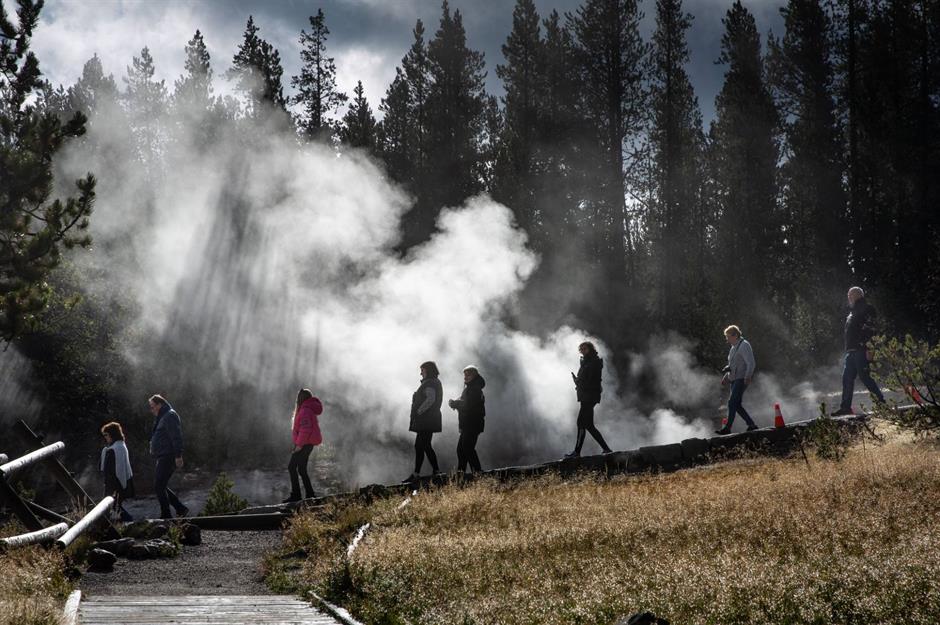
If it were to explode, the impact would be felt worldwide. It's likely that the states of Wyoming, Idaho, Montana and Colorado would be buried beneath pyroclastic flow, while other parts of the US could be affected by falling ash.
Meanwhile, such an event could affect the global climate for years or even decades afterwards. In 2021, new research coordinated by Oregon State University found that a ‘super-eruption’ could be more likely than first thought, as it found evidence that eruptions can occur without the presence of liquid magma.
Snowstorms
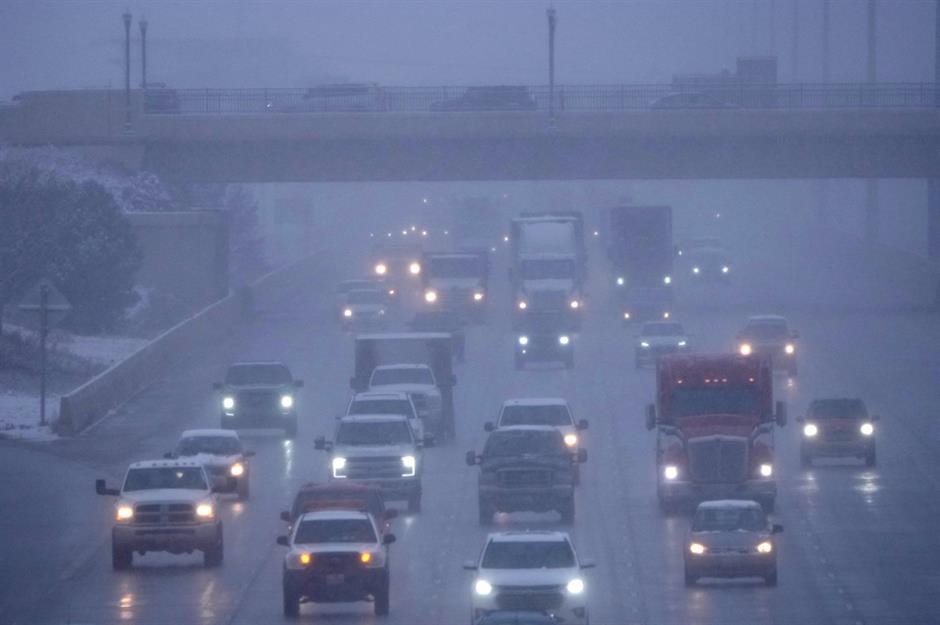
In recent years, the US has faced a surge of extreme winter weather. In January 2024, a major storm swept from the Pacific Northwest to New England, resulting in blizzard warnings in Oregon and Washington for the first time since 2012. Seattle experienced record cold temperatures, and the storm caused at least four fatalities.
Later that month, another winter storm impacted the Southern United States, bringing rare snowfall and ice to states like Texas, Louisiana and Florida, before moving north, causing widespread outages and dangerous travel conditions across multiple states.
Snowstorms
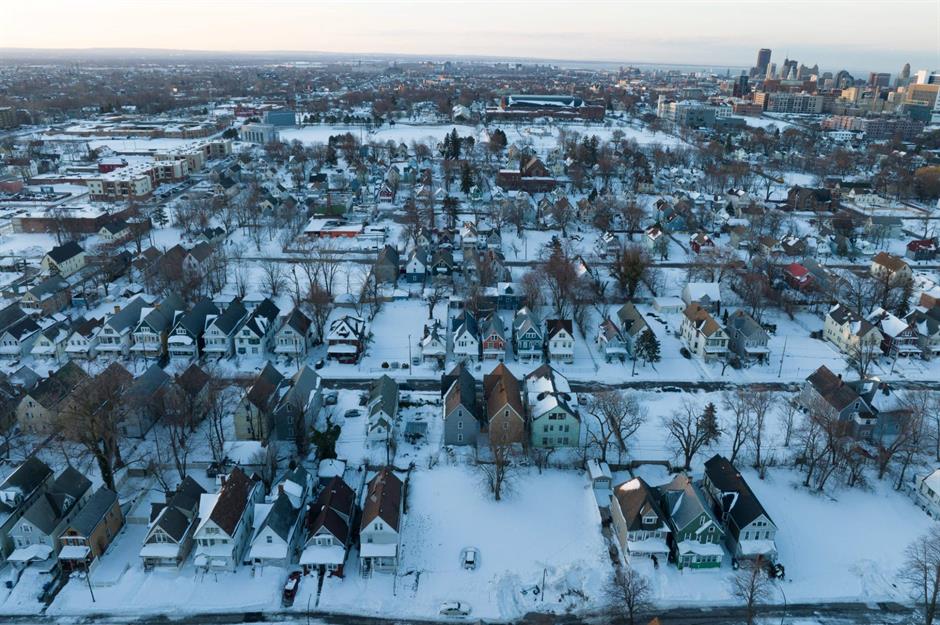
It might seem counterintuitive, but climate change could increase the intensity of blizzards despite warmer temperatures. Warmer air holds more moisture, so when temperatures drop enough for snowfall, that extra moisture can lead to heavier precipitation.
Additionally, rising ocean temperatures add energy and moisture to storm systems, further boosting their intensity. This combination means that even in a warming world, blizzards and other extreme winter events can become more severe.
Tornadoes
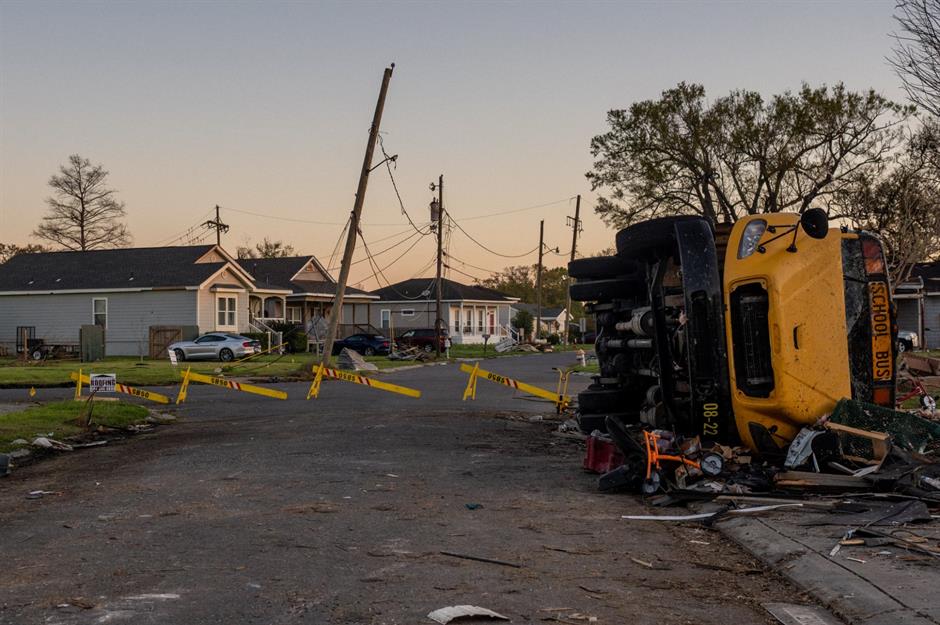
In recent years, the United States has experienced a significant increase in tornado activity. Last year (2024) marked the second most active tornado season on record, with approximately 1,880 tornadoes reported, surpassing only the 2004 season.
This surge in tornado activity has been linked to climate change, which is believed to influence the frequency and intensity of severe weather events.
Tornadoes
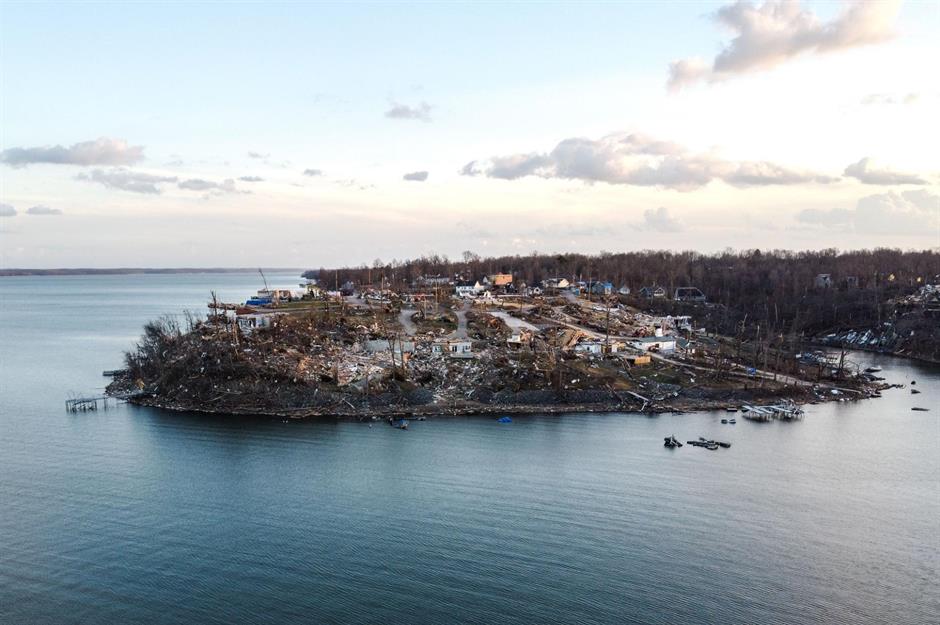
In May 2024, a particularly severe tornado outbreak occurred, with 570 twisters reported across the United States, significantly exceeding the 1991-2020 average of 268.4 tornadoes for that month.
According to the National Risk Index (NRI), the states most at risk from tornadoes are Texas, Alabama, Mississippi, Illinois, Iowa, Tennessee, Georgia and Kentucky.
Volcanic eruptions
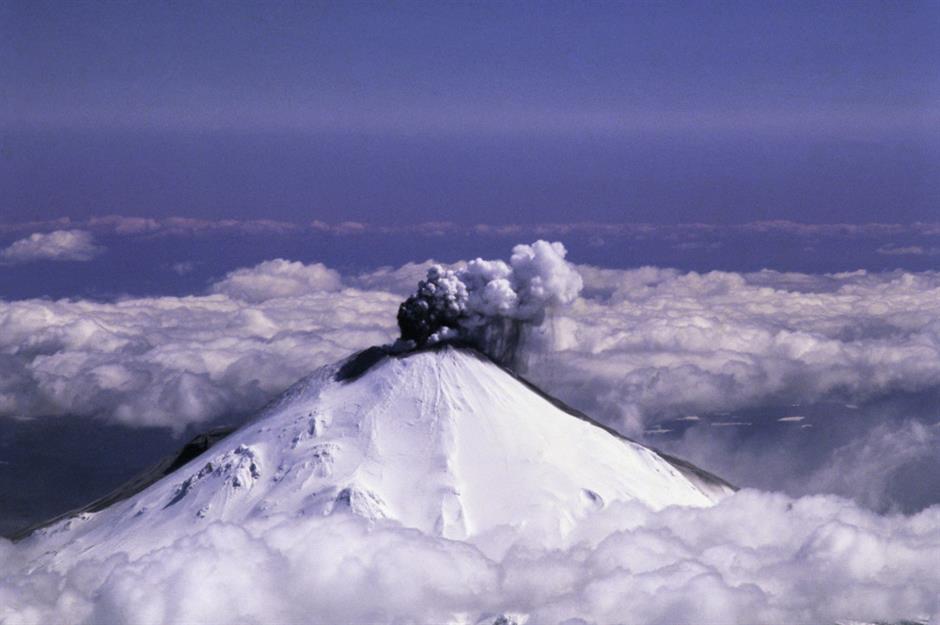
The US is among the most volcanically active countries on Earth and experienced a whopping 120 eruptions between 1980 and 2018 alone.
The largest event in that period was probably the explosion of Washington’s Mount St Helens in 1980 (pictured), which triggered a huge avalanche that covered an estimated volume of 3.3 billion cubic yards (2.5 cubic km) – equivalent to one million Olympic swimming pools.
Volcanic eruptions
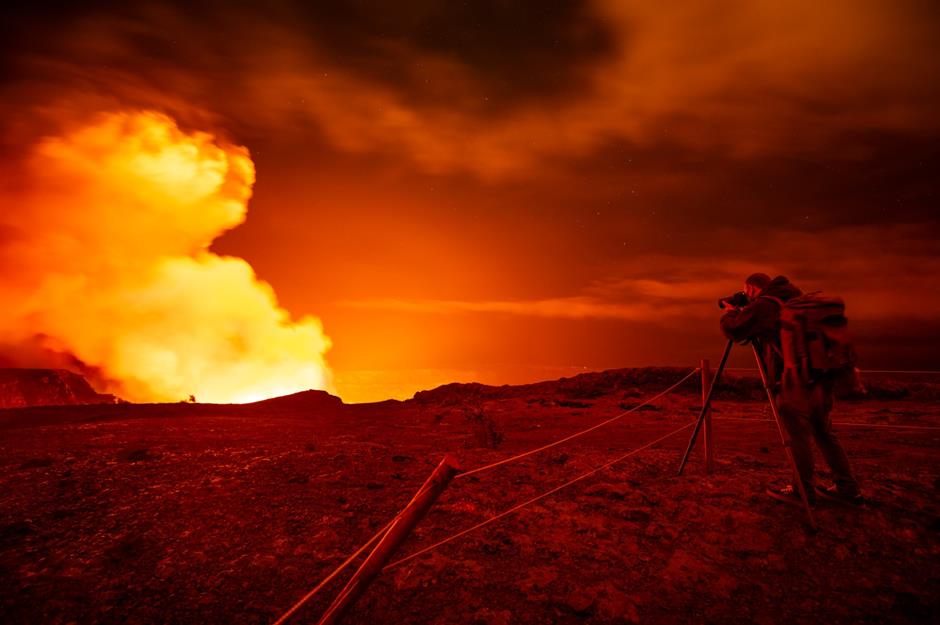
The USGS released a Volcanic Threat Assessment in 2018, which identified 161 US volcanoes as posing a risk to lives and property. Of these, the most dangerous peaks were located in Alaska, California, Washington, Oregon and Hawaii.
Notable recent eruptions include that of Mauna Loa, on Hawaii’s Big Island, which spewed out enormous flows of lava, smoke and ash in November 2022 – its first eruption in 38 years.
Comments
Be the first to comment
Do you want to comment on this article? You need to be signed in for this feature